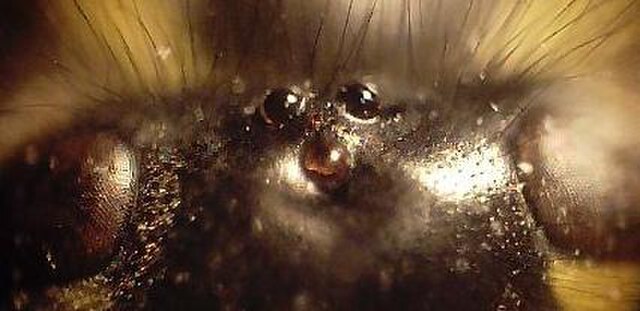A sclerite is a hardened body part. In various branches of biology the term is applied to various structures, but not as a rule to vertebrate anatomical features such as bones and teeth. Instead it refers most commonly to the hardened parts of arthropod exoskeletons and the internal spicules of invertebrates such as certain sponges and soft corals. In paleontology, a scleritome is the complete set of sclerites of an organism, often all that is known from fossil invertebrates.
The exoskeleton of a spiny lobster is made of a series of sclerites, connected by flexible joints.
The fossilized scleritome of Wiwaxia corrugata
Arthropods are invertebrates in the phylum Arthropoda. They possess an exoskeleton with a cuticle made of chitin, often mineralised with calcium carbonate, a body with differentiated (metameric) segments, and paired jointed appendages. In order to keep growing, they must go through stages of moulting, a process by which they shed their exoskeleton to reveal a new one. They are an extremely diverse group, with up to 10 million species.
Protaetia cuprea (copper chafer). Beetles are the most diverse order of arthropods.
Cicada climbing out of its exuviae while attached to tree
Long bristles (setae) of a Tliltocatl albopilosus tarantula
Head of a wasp with three ocelli (center), and compound eyes at the left and right






